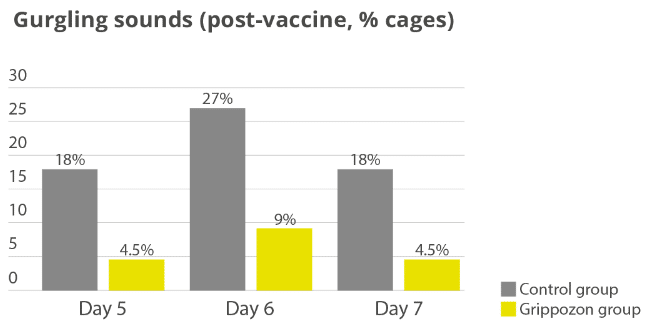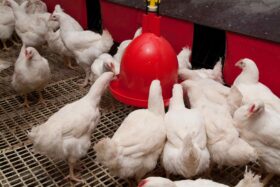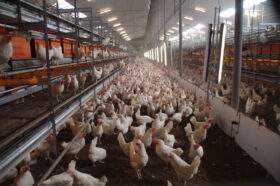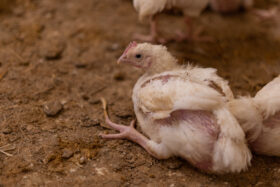by Inge Heinzl and Ruturaj Patil, EW Nutrition
Broilers face high respiratory disease risks. In winter, they often come from lower temperatures; throughout the year, they come from improper ventilation and proximity to manure or infected birds. The confined spaces and lack of proper airflow create an environment conducive to harmful airborne particles and pathogens, significantly compromising birds’ respiratory health. In the possible presence of viruses such as ILT (Infectious Laryngotracheitis Virus), IBV (Infectious Bronchitis Virus), AIV (Avian Influenza Virus, NDV (Newcastle Disease Virus), bacteria like Mycoplasma gallisepticum, E. coli, or Chlamydia, respiratory issues are inevitable.
High efficiency takes its toll
A bird, generally a flying species, has a complex respiratory system. Instead of the diaphragm cooperating with the lung, nine additional air sacs do the job of sucking in and blowing out of the air like bellows. They increase the air volume passing through the lungs, where oxygen absorption occurs. The air sacs are situated in different parts of the birds and connected to hollow (pneumatic) bones.
The co-action of the air sacs and the lung results in a high efficiency of the bird’s respiratory system: birds can extract about 160% more oxygen from the air than mammals. However, the extended parts of the respiratory system also offer a high contact surface for pathogens. To protect themselves, the respiratory system is equipped with
– cilia in the trachea to propel entrapped particles for disposal
– mucus produced by goblet cells in the trachea and cooperating with the cilia
– immune cells in the lung, scavenging inhaled particles and bacteria that enter the lower respiratory tract
Additional support is recommended
To additionally support your birds against respiratory issues, stress should be kept low, and immunity to diseases should be high. If possible, decrease the stocking density. Effective litter management can help keep litter particle inhalation low. These particles irritate the respiratory system and reduce immune resistance. They often carry pathogens and possibly induce respiratory issues through several toxic mechanisms.
Another possibility is using phytogenic substances alone or combined with vaccines. Eucalyptus oil exerts antimicrobial, anti-inflammatory, mucolytic, and bronchodilator effects in the case of respiratory disease. Thyme has expectorant, mucolytic, antitussive, and antispasmodic characteristics, and mint, with its antihistamine and cooling effect, acts as a decongestant. Grippozon is such an example, based on fast-acting, concentrated phytomolecules supporting animals against respiratory challenges.

Regardless of the solution chosen, especially with the cold season coming and high stocking density a given in many parts of the world, by far the worst action is no action at all.















